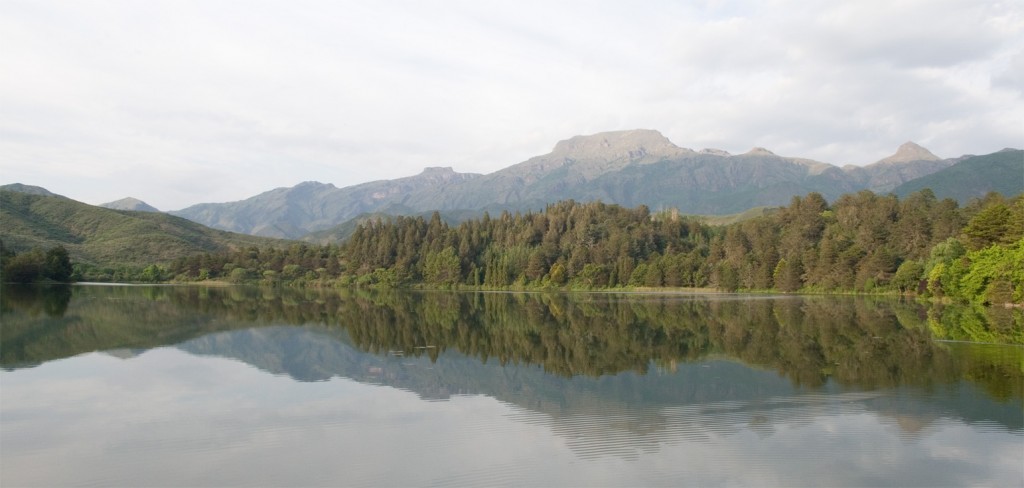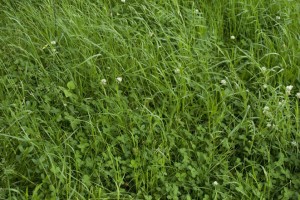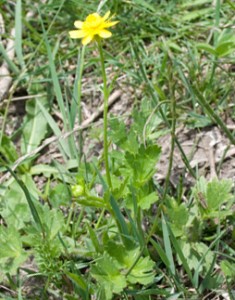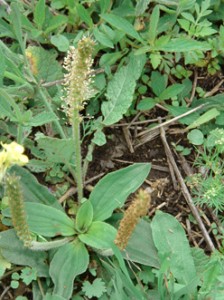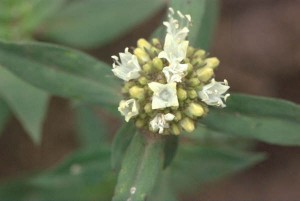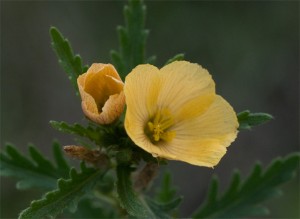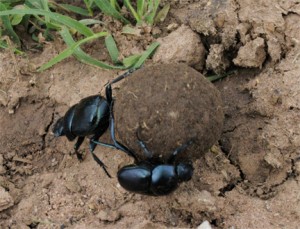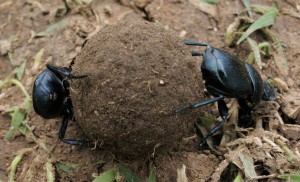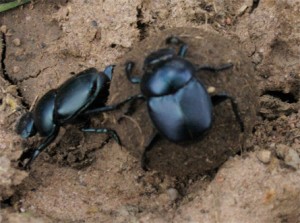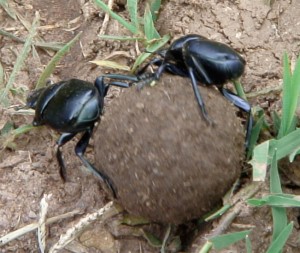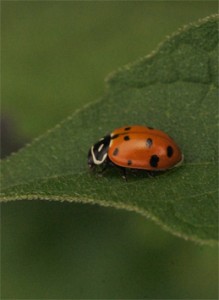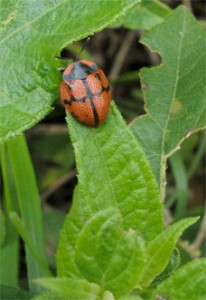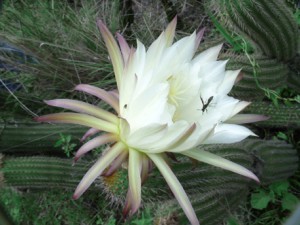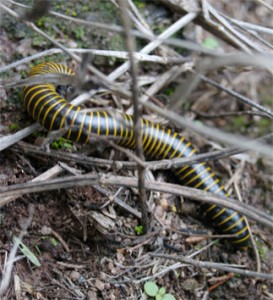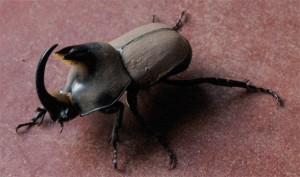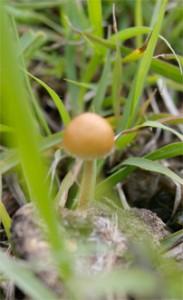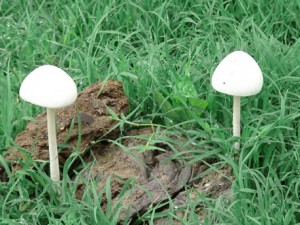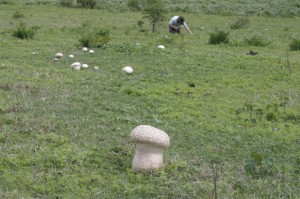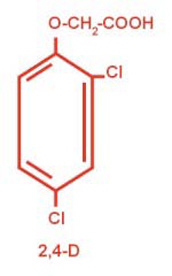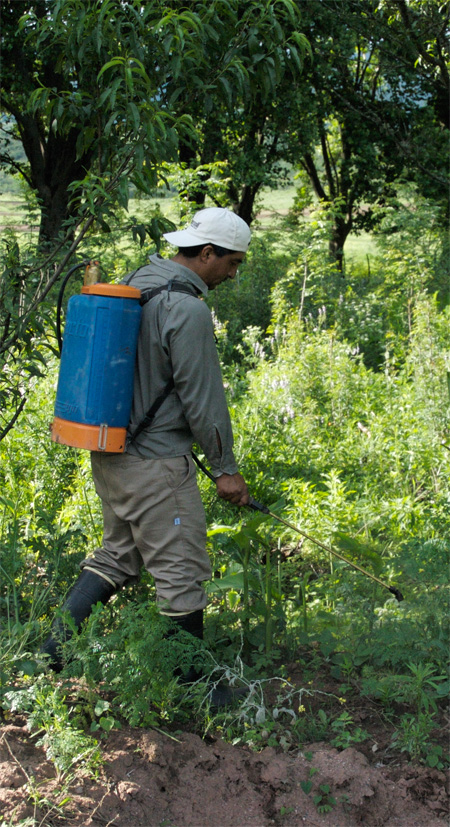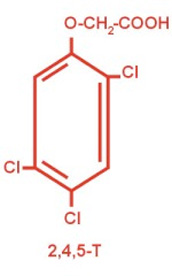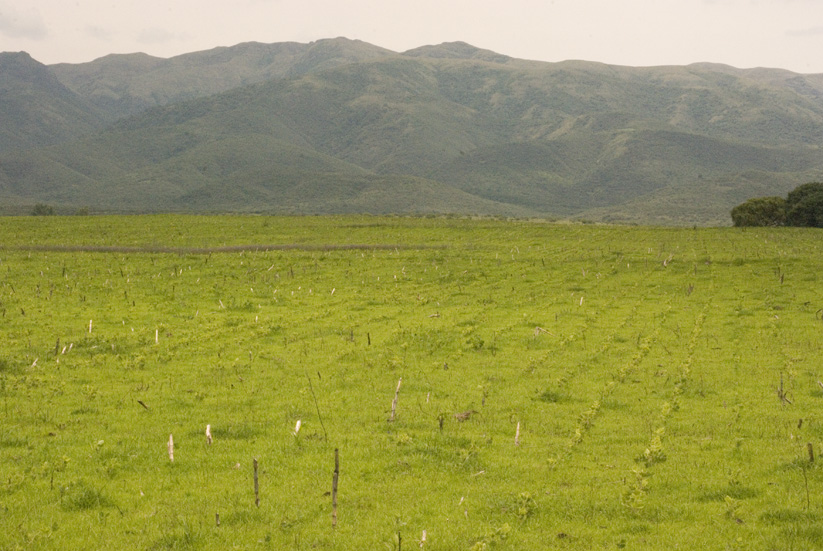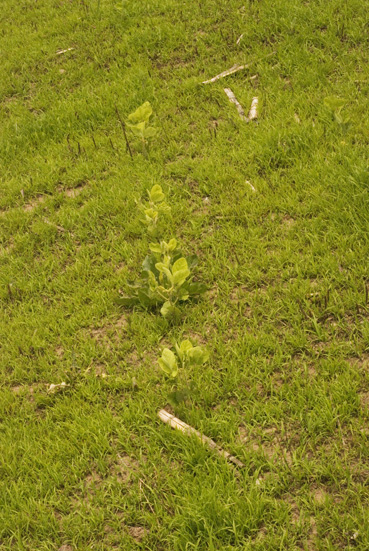Argentina 5 : how to turn pollution into biodiesel
April 18th, 2009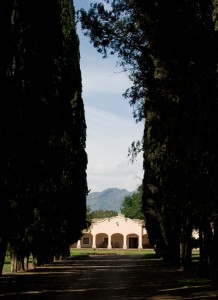 When we started in this territory of 100 000 acres North West of Argentina, the agronomic policy has just made a Uturn since 4 years ago. The former owners did not have a penny to invest; they had to cope. But the new ones hired modern agriculture engineers.
When we started in this territory of 100 000 acres North West of Argentina, the agronomic policy has just made a Uturn since 4 years ago. The former owners did not have a penny to invest; they had to cope. But the new ones hired modern agriculture engineers.
Along with this modernity, chemicals became almighty remedies. Need to clean up the bushs? a dash of 24D; get rid of the weeds before planting? a drop of glyphosate with herbicide resistant GMO seeds; need to clean up the rivers and irrigation canals? a spray of 24D a bit of 245T mixed with a dash of detergent so that it can penetrate more easily in the plant…
These local plant get rid of all the native plants to let an open access to other plants… after two weeks of observation, scientific trials, etc. we see that in this place the herbicide give an open space to galega officinalis, and conium maculatum.
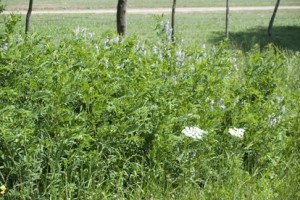
Galega is a leguminous plant which is in Europe a medicinal plant used against diabetes. It is also a natural green manure with the nitrogen it fixes in the soil. But here in Argentina, the cattle does not eat it so it has no interest, it is a weed. Conium maculatum is the deadly poisonous hemlock made famous by the death of Socrates.
Below you can see a stripe of hemlock along the irrigation canal which has been prayed by the man on the right few weels ago.
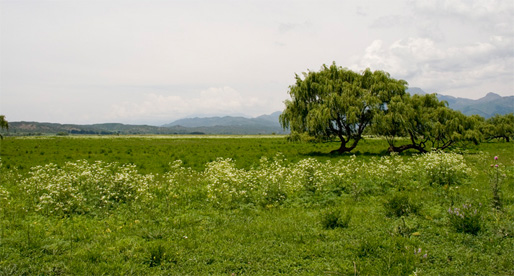
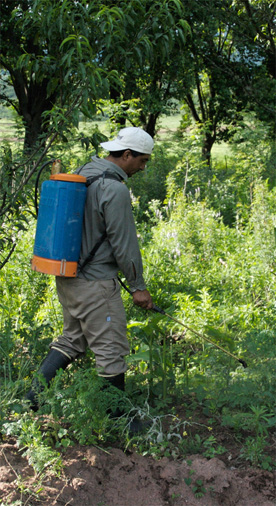
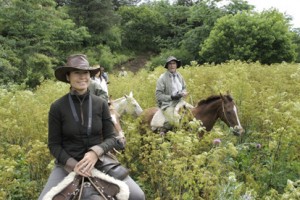
But when it comes to a large surface it is another story: to get rid of the galega in a field of 30ha they spread all the chemical herbicide they could get hold of: the more they sprayed the more hemlock grew…
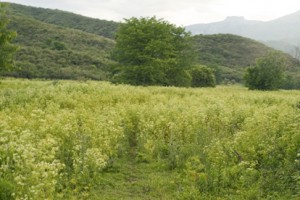 the horses pass through this field of 2meters high hemlock, hears backwards, with the worse feeling ever.
the horses pass through this field of 2meters high hemlock, hears backwards, with the worse feeling ever.
To get rid of this disaster? a man with a cosmonaute suit to eradicate by hand or machine a day with no wind? When the plant will have fullfilled her role it will disapear… but when? burn the whole bunch? But what about the cyanide fumes 30 hectares of hemlock cn produce?
There is nothing to do.
But here we come :
In the mid of the vale there is a stream; at the end downwards, a narrow pass. What would happen if we could floud the field? we would produce methane, fossile carbon, CO2, cyanides and nitrites… Hell.
But without noticing we would have recreated a microcosm of ancient geological time little similar to what could be late Precambrian time… the Proterozoic. The interesting thing about botanic is that you can find in nature existing living relics of almost every age of the planet… It is the evolution of these beings which have prepared the planet for us to come.
What was living at Precambrian? micro algaes… These micro algaes use cyanures as fertilizer, transform CO2 into oxygen and carbon into oil. They reproduce themselves every 6 hours and have from 30 to 60 % oil in there body at maturity. In short these algaes get rid of toxic components, produce bio diesel and the rest is proteins, vitamins and chlorophyll. Alimentary my dear Watson. Anything more ?
30 hectares can be enough to produce oil to heat the big house and fuel cars and tractors; the remainder is pure protein vitamin and chlorophyll, perfect as food supplement in hard winter time for the cattle as well as excellent organic fertilizer for the crops.
could this algae become invasive and pollute the rivers? No, it is too important in the alimentary pyramide and can feed almost anybody. It is a real sweet, and this is what makes it problematic: once the place depolluted and the algaes production running, what quantity will escape predators? What predator will suddenly develop in excess? (fish, batracians, birds…). In the lab you can get about 90tons per hectar/yearly, what will happen in nature… We will tell you further on.
From now on les foodingues are puting an end to the selection of the right algaes and designing the croping and processing devices to get the more oil out of this venture. A true creation which we hope will free the farmers from their energetic constraints in the end.
If the algaes production is a success as we planed, we will have to sustain by throwing away the skin of the wallnuts in order to feed them with carbon and cyanure, once the initial pollution has disapeared. We have here 400 wallnut trees, which once the nuts process produces quite a heavy pollution which could be recycled by producing biodiesel.
But if in the end the production of oil is not significant… the algaes would have depolluted the place of this highly toxic plants and avoided the spreading of greenhouse gases. A positiv result in any case.
